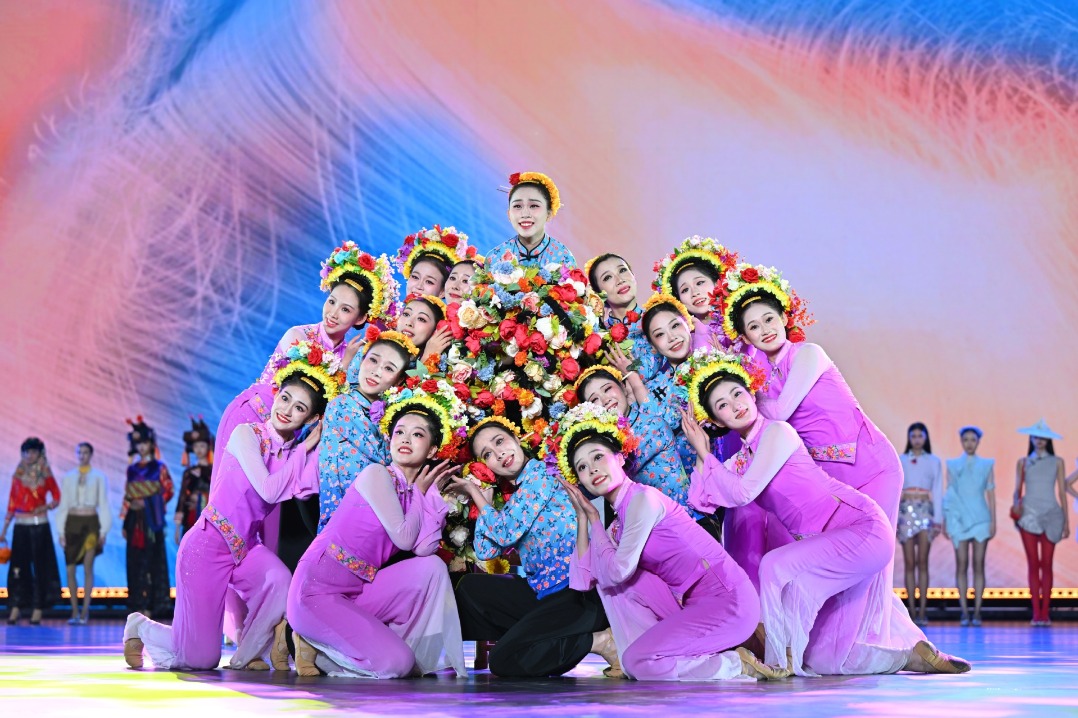Nixing pottery regains glory in its birthplace


Holding a small piece of greenware and a sharp graver, Li Renping, a craft master of Nixing pottery, started his work as usual.
In just three minutes, a landscape painting featuring a mountain, river and bridge were carved on the teapot.
"If it is a large one, the carving will take several hours," said Li, adding that after eight hours of sintering in a kiln, the painting will remain on the teapot forever.
Li, 74, has been engaged in the engraving of Nixing pottery for nearly five decades. He is recognized as a national-level craft master, meaning that he has the highest degree of proficiency in the field.
Nixing pottery is one of the four famous potteries in China. It is made of peculiar purple clay on both sides of the Qinjiang River in the city of Qinzhou, South China's Guangxi Zhuang autonomous region.
According to historical records, the pottery dated back to the Tang Dynasty (618-907) and has a history of more than 1,300 years. In June 2008, its sintering techniques were added to the national intangible cultural heritage list.
Based on the art skills he learned in high school, Li was able to enter the only state-owned Nixing pottery factory in Qinzhou to begin his career in 1973. Thirty-six years later, in 2009, he became a national inheritor due to his superior skills and experience.
"Most of the factory's products were exported in the 1970s," said Li, noting that the pottery products were popular overseas as they were free of any chemicals and rich in iron, zinc and other mineral elements that are believed to be beneficial to the human body.
However, when China initiated the reform and opening-up policy and started to embrace the market economy, the factory ran into difficulties due to lack of innovations and eventually closed.
Production of Nixing pottery, again, returned to small workshops.
"By the year 2000, there were only about 10 Nixing pottery companies in Qinzhou, which can hardly be called an 'industry,'" said Jia Wenyuan, head of the Nixing pottery department of the Qinzhou industrial and information technology bureau.
Compared to the three other major pottery brands, Nixing pottery still lags behind in terms of industrialized production and market recognition, Jia added.
After the year 2000, local authorities rolled out a basket of supportive policies to boost its development, including providing financial support, holding exhibitions and offering rewards for technological progress, which has put Nixing pottery on the fast track of revival.
As of October 2019, there were about 600 Nixing pottery enterprises in Qinzhou, generating an annual output value of about 1.5 billion yuan (about $221 million) and creating about 13,000 jobs, according to the bureau.
Several colleges and universities have set up the major of ceramics, which sends hundreds of professionals to the Nixing pottery industry each year.
"The combination of culture, industry and tourism can stimulate cultural innovation and vitality," said Li. "For example, 3D printing technology has now been applied in the local Nixing pottery industry."
"Obviously, driven by the development of industrialized production, the historical pottery is reviving," he said.





































